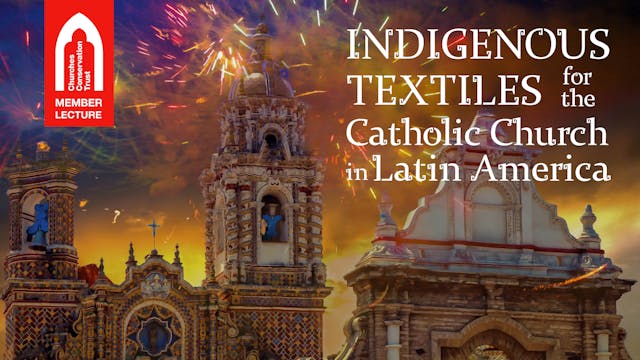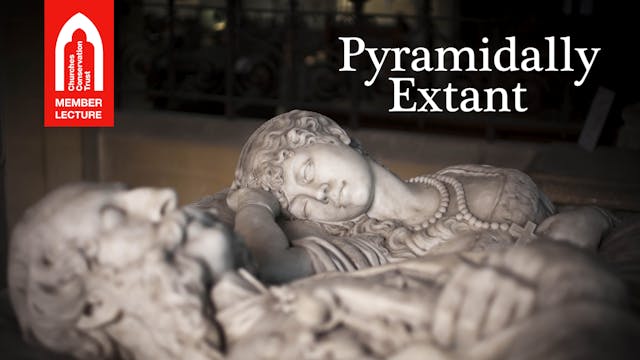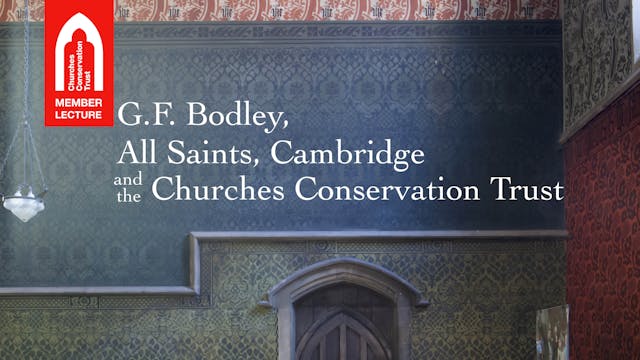In late 1348, the Black Death entered London. Over the next 9 months, it ravaged the populace killing thousands. This paper provides a detailed look at its arrival, spread and eventual disappearance, and looks at some of the archaeological and architectural evidence for its passage, its final death toll and its immediate impacts on England’s greatest city.
Currently National Specialist Services Director in charge of Historic England’s archaeologists, scientists and buildings conservators, Barney started his career as an archaeologist in London in the 1980s. His first professional excavation was on the site of the Black Death cemetery near Tower Hill creating his interest in researching this most lethal of plagues.
Up Next in Member Exclusive Lectures
-
Indigenous Textiles for the Catholic ...
The talk will explain how various textile types from the Pre-Columbian Americas were adapted to create Catholic church ornaments beginning in the sixteenth century. Examples will be drawn from each of the chapters of Dr. Stanfield-Mazzi’s new book, Clothing the New World Church: Liturgical Textil...
-
Pyramidally Extant
Ever wondered how you go about looking at funerary monuments? How were they built? Who built them? What do they tell us? Join the Churches Conservation Trust and Dr Jean Wilson, from The Church Monuments Society, for this fascinating lecture exploring the wide-ranging subject of funerary monument...
-
G.F. Bodley, All Saints, Cambridge an...
In 1981 the Redundant Churches Committee of the Church Commissioners agreed by a narrow margin – one vote – to vest All Saints, Cambridge, in the Churches Conservation Trust, thus saving it from certain mutilation and possible demolition. The building, designed by George Frederick Bodley and open...




1 Comment